Closely control public debt and increase fiscal policy space
| Take public debt ceiling increase into account to ensure goal of national financial security and stability | |
| Focus on forecasting to ensure safety of public debt in 2020 |
 |
| In the photo: Prime Minister Nguyen Xuan Phuc attends the groundbreaking ceremony of the Mai Son project - National Highway 45, a sub-project of the North-South Expressway in the East (September 30, 2020). Photo: Internet. |
Debt structure changespositively
According to the Government's report to the National Assembly at the 10th session, one of the outstanding results of public debt management over the past time is that debt safety ratios are strictly controlled, within the public debt ceiling approved by the National Assembly and gradually decreased over the years in 2016-2019, contributing to increasing fiscal policy space.
In 2016-2020, public debt management has been strengthened, focused and basically met the set objectives, well implemented the goal of mobilising capital with low costs associated with a reasonable risk level for investment in socio-economic development, built a synchronous infrastructure system for the national industrialisation and modernisation, ensured debt repayment ability, promoted the development of the domestic capital market; and continued to restructure public debt, ensured public debt safety and national financial security.
It is estimated that by the end of 2020, public debt will be about 56.8% of GDP; Government debt will be about 50.8% of GDP; the Government's direct debt repayment obligationto the State budget revenue ratio will be 24.1%; and the external debt will be 47.9 % of GDP; external repayment compared to export turnover of goods and services is about 34.6%. It is basically estimated that the debt-to-GDP ratios remain within the safe thresholds allowed by the National Assembly.
The debt structure has positively changed andpublic debt -to- GDP ratio decreased from 63.7% in 2016 to 55% at the end of 2019; the public debt growth rate fellfrom an average of 18.1% per year for 2011-2015 to about 6.8% eachyear for 2016-2019; the proportion of domestic debt increased from 38.9% in 2011 to 60.1% in 2016 and 61.9% of total Government outstanding loans at the end of 2019; At the same time, interest rates decreased gradually, repayment terms increased gradually and theinvestor base was expanded, contributing to reducing risk tothe Government’s debt portfolio.
For 2016-2020, the Government mobilised more than VND 1.3 million billion (an average of 260,000 billionVND/year) through the issuance of bonds to meet the demand on compensation of deficit expenditure andprincipal debt payment of the State budget, ensuring to stay within the estimate approved annually by the National Assembly.
Also in the past five years, the total value of signed ODA loans, foreign concessional loans of the Government is estimated at US$12.7 billion, of which, for 2016-9/2020, 112 loan agreements with total value US$11.9 billion were signed.
Debt repayment is also implemented in a full and timely manner, ensuring the committed obligations to the creditors. Over the years, the repayment of Government loans has been implemented in a strict and timely fashion, including the direct debt obligations of the Government and the re-lending obligations, preventing the overdue debts that affect commitments to investors.
Speaking at the 10th session of the 14th tenure of the National Assembly, Minister of Finance Dinh Tien Dung said the deficit spending in 2020 is estimated to increase to 5.59% of GDP (calculated according to the new GDP). Public debt increased to 57.4% of GDP, below the ceiling approved by the National Assembly (65%).
Considering from the record of 63.7% of GDP in 2016, this is also a positive result. This result is thanks to the efforts and accumulation of recent years, creating space for management, while still ensuring spending on investment and social security.
With the results of this year, the average five-year deficit spending was 3.8%, reaching the target of less than 3.9% of the five-year plan. Although in 2020 there has been a reduction of revenue and increase of the deficit spending due to the negative impact of the Covid-19 pandemic, the Minister of Finance said the fiscal and budget situation is still a bright spot.
Improving the country's reputation
The Minister of Finance also reported to the National Assembly that the quality of public debt increased compared to the period 2013 - 2015. With great efforts to restructure the debt portfolio over the years, the term of the Government bond portfolio is over eightyears (the previous period was only 2.9 years). This year, the Ministry of Finance has managed to borrow more than VND 200,000 billion to repay principal and follow disbursement progress instead of planned borrowing.
The more than13-year term with the interest rate of only 2.9% is lower than the concessional interest rate and not affected by exchange rate. This loan amount is also a good condition to negotiate a more profitable international loan. From 2016 to now, the interest rate level has decreased from about 6.5-8% peryear for terms from fiveto 30 years to about 1.5-3.5 % peryear, of which 10-year to 30-year term has the lowest interest rate. Compared with other countries in the region and nationswith the same credit rating,Vietnam's bond issuance interest rate is lower than from 1-2 percentage points .
The average external debt interest rate of the Government remains at a low level (1.8% per year) because nearly 98% of foreign loans have ODA and preferential conditions; 25-year average loan term, seven-year average grace period, meeting requirements for long-term loans for development investment.
This factor has made an important contribution to maintaining the debt repayment target ofthe State budget revenue within the safe range in the past period and is seenpositively by the International Monetary Fund and credit rating agencies when analysing sustainability of Vietnam’s external debt portfolio.
Vietnam's credit rating can also be considered a positive point. Vietnam's national credit rating has been improved in 2016-2020. This has contributed to improving the nation's reputation, increasing confidence in international investors. The cost of mobilising foreign capital forboth the Government and enterprises will be reduced. This plays an important role when ODA and concessional loans for Vietnam are decreasing and coming to an end.
In 2020, thoughthe world and the country have faced challenges, a bright spot from the beginning of the year to date is that Vietnam's national credit rating remains under assessment by three credit rating organisations.
In the first nine months of the year, S&P, Moody's and Fitch provided 99 downgrades and 117 ratings adjusted to negative outlooks for 42 countries around the world, mainly due to fiscal support packages for pandemic prevention, leading to a sharp increase in public debt in these countries.
To retain Vietnam's credit rating, first of all, it is the great effort of the Government in effectively controlling pandemic, thereby confirming the strong restoration of Vietnam’s economy in the post-pandemic.
In addition, it must be mentioned the important contribution of the achievement of consolidating financial and budget situation since the beginning of the term up to now, sharply reducing the deficit and public debt ratio, creating a fiscal policy spaceto cope with macro risks that the economy is facing in 2020.
Related News
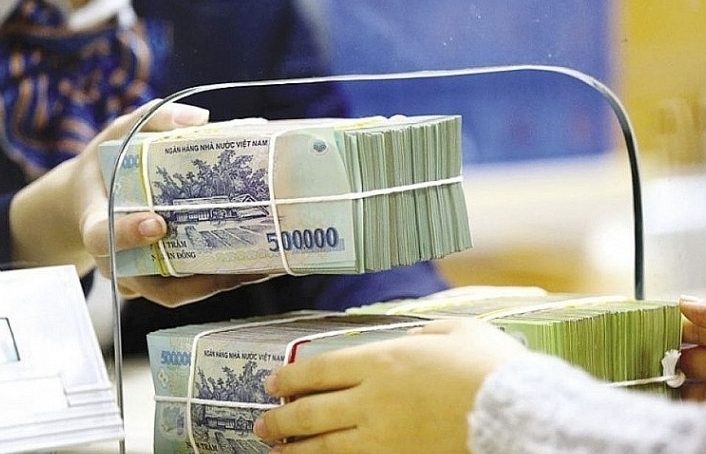
State revenue in first month of the year equal to 14% of the estimate
10:12 | 11/02/2025 Finance

Ensuring financial capacity of bonds issuers
11:09 | 26/12/2024 Finance

Strictly control public debt and ensure national financial security 2025
09:26 | 22/11/2024 Finance

Ensuring national public debt safety in 2024
17:33 | 03/11/2024 Finance
Latest News
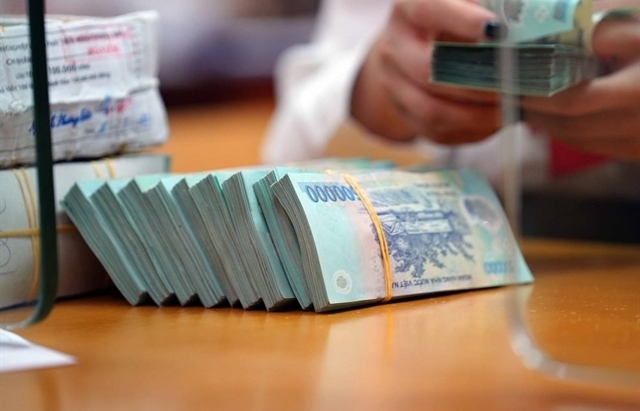
Personal income tax proposed for interest on some bank savings accounts
10:31 | 20/02/2025 Finance

Banks set for aggressive bond issuance in 2025 to fuel growth
16:20 | 19/02/2025 Finance
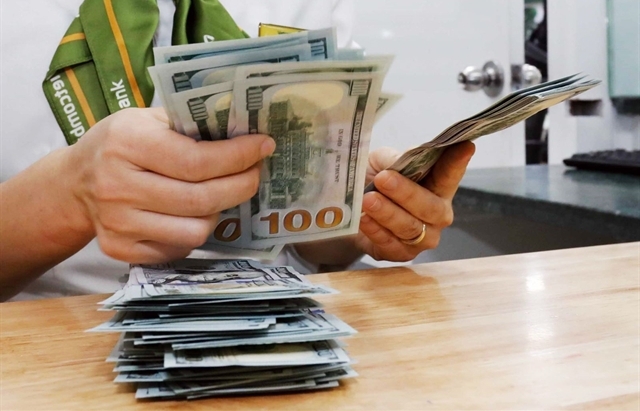
Central bank cuts interest rate on bills for first time in 2025
15:30 | 18/02/2025 Finance
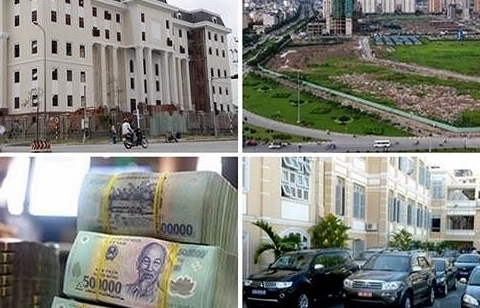
Focusing on inspecting inventory of public assets at units with large and complex assets
16:31 | 15/02/2025 Finance
More News
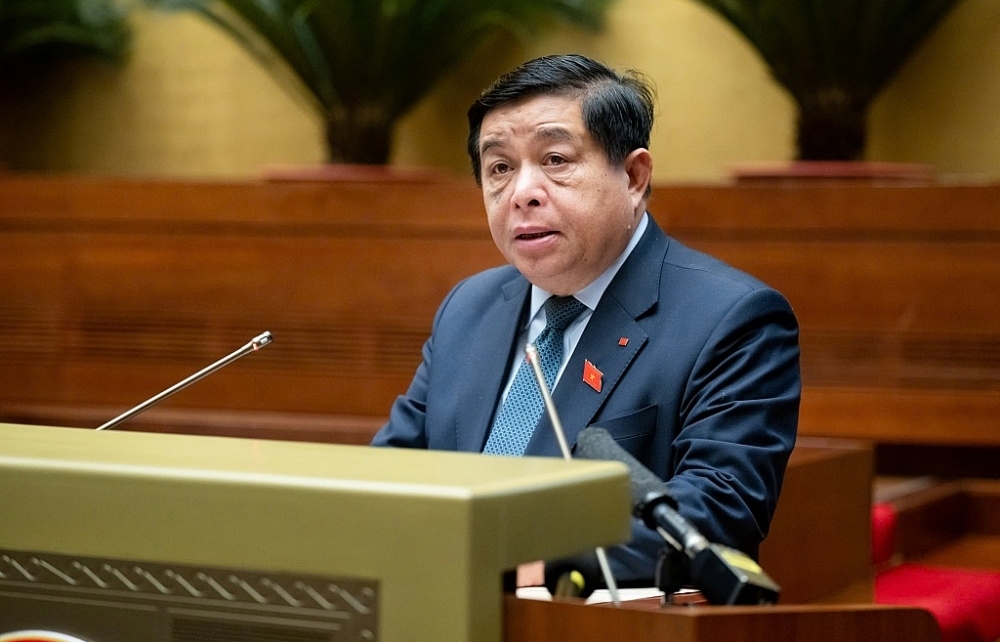
The government seeks approval for revised GDP, CPI targets
16:28 | 15/02/2025 Finance

Fiscal, monetary policies support demand stimulation, price stabilisation
14:49 | 14/02/2025 Finance

Vietnam secures VND 157 billion from state enterprise divestment in 2024
09:16 | 14/02/2025 Finance

Vietnam gears up for potential inflation impact in 2025
14:26 | 11/02/2025 Finance
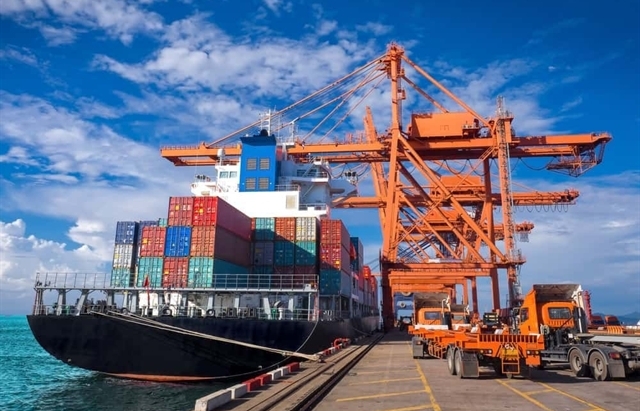
VN’s credit conditions in 2025 expected to be stable
14:24 | 11/02/2025 Finance

Securities 2025 expects a breakthrough in scale and quality
14:37 | 10/02/2025 Finance
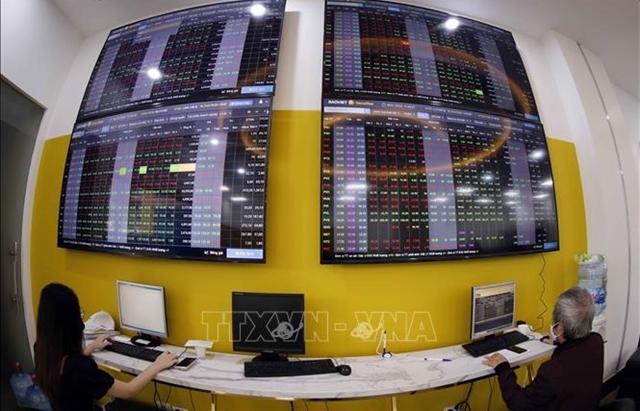
Cash reserves in stock accounts at six-quarter low amid margin rise
08:23 | 10/02/2025 Finance

Five solutions for developing stock market in 2025
10:01 | 07/02/2025 Finance

Minister of Finance Nguyen Van Thang works with GDVC at the first working day after the Tet holiday
14:43 | 04/02/2025 Finance
Your care
The system has not recorded your reading habits.
Please Login/Register so that the system can provide articles according to your reading needs.

Personal income tax proposed for interest on some bank savings accounts
10:31 | 20/02/2025 Finance
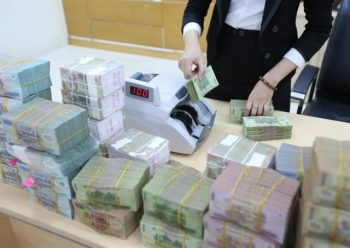
Banks set for aggressive bond issuance in 2025 to fuel growth
16:20 | 19/02/2025 Finance

Central bank cuts interest rate on bills for first time in 2025
15:30 | 18/02/2025 Finance

Focusing on inspecting inventory of public assets at units with large and complex assets
16:31 | 15/02/2025 Finance

The government seeks approval for revised GDP, CPI targets
16:28 | 15/02/2025 Finance
